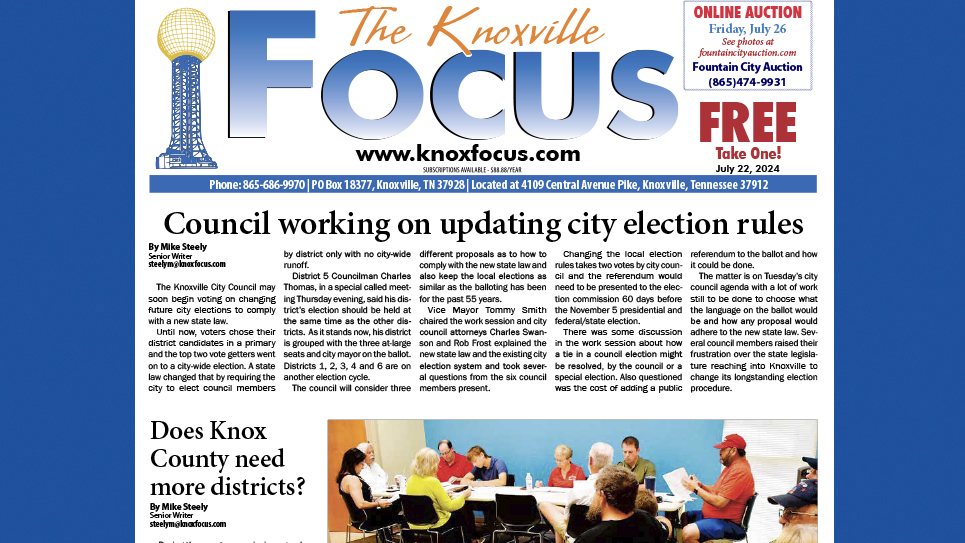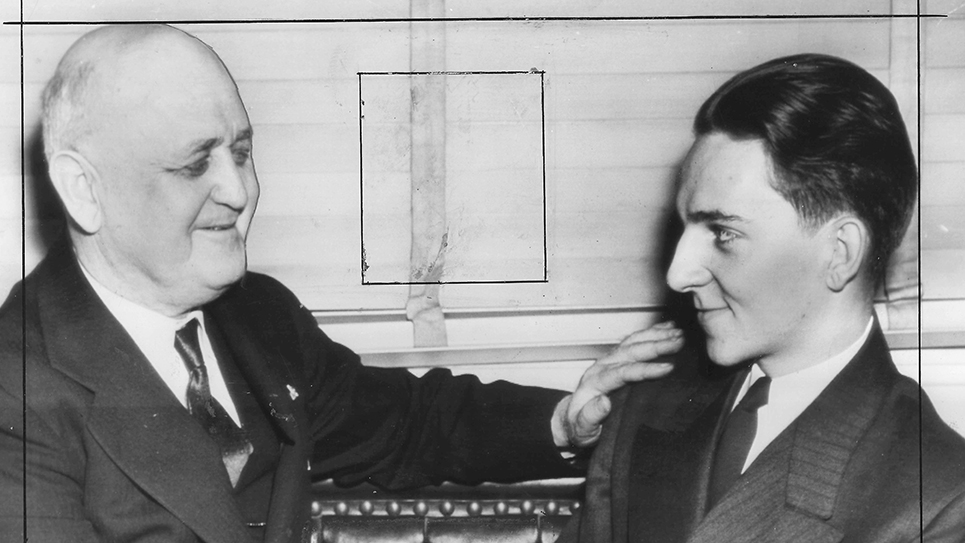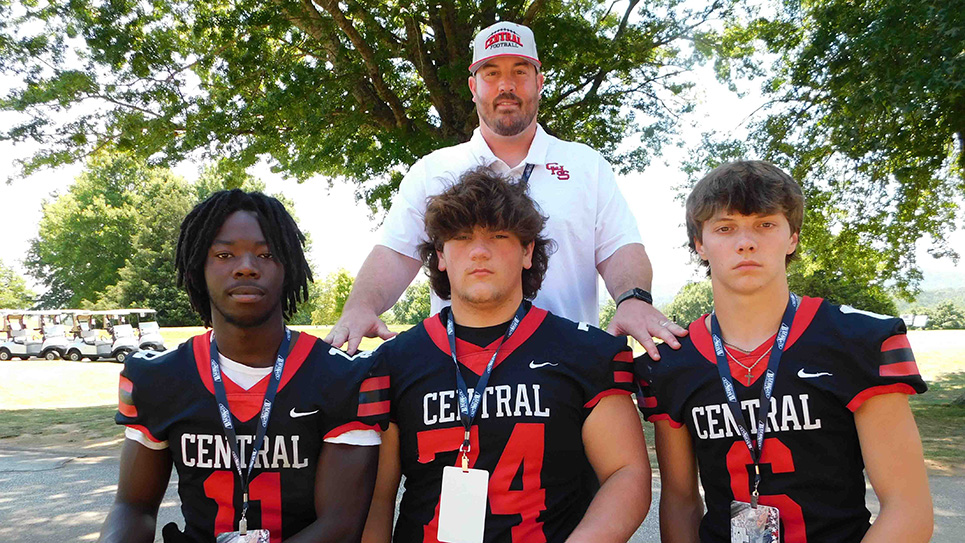By Mike Steely
Anyone visiting Cumberland Gap National Park may be missing an interesting side trip to the little Kentucky town next door. Middlesboro has a long and very odd history and is well worth a visit.
Just beyond the Cumberland Gap highway tunnel going north on Highway 25 W is the main entrance to the national park and its very interesting visitor center. Just beyond that, you enter the unique town. Middlesboro isn’t the county seat Bell County, nearby Pineville is, but Middlesboro has the very strange claim to being a town that developed in the center of a meteor crater.
Yep, a large meteor hit there about 300 million years ago leaving a 3-mile wide impact hole. The crater was confirmed by scientists in 1966.
Middlesboro began as Yellow Creek and grew up as an iron and coal center. The community was established in 1810 by a Virginian, John Turner. In 1886 an Englishman, Alexander A. Arthur, created the town and apparently named it for a British town.
Arthur lived in Knoxville and acquired mineral rights in the Cumberland Gap area and convinced investors to create a “Pittsburg of the South” in Middleborough, or Middlesboro. He created a nine-hole golf course as part of a country club there. A horrible fire destroyed much of the town he founded and Arthur’s project failed in 1893.
Middlesboro sported the first electric streetcars in the region and, in the 1930s, became a gambling center with salons, slot machines and a rather wild reputation.
The importance of coal is recognized yet today and the local Chamber of Commerce is housed within a house built of 42 tons of coal. The small house was built in 1925 as a celebration of coal’s history there and is located on 20th Street just off East Cumberland Avenue, Middlesboro’s main road.
Another Arthur, Arthur Campbell, touched the area’s early history. The Southwest Virginia patriot, supporter of the Lost State of Franklin and friend of John Sevier, was an outstanding leader and supporter of the American Revolution.
He knew other leaders such as Patrick Henry and Thomas Jefferson but ran afoul with Virginia when he supported Sevier and the creation of a new state that would have included Southwest Virginia.
In his later years, he relocated to what would become Middlesboro and died there in 1811. Today a state historic marker on 24th Street notes his importance and his nearby grave.
Like many small towns, Middlesboro continues to renovate its downtown area and became the first U.S. city to have a community-wide organic garden and the first Kentucky city to become a “Trail Town.”
If you’re headed to Middlesboro on a day’s outing don’t forget historic Tazewell, Tn., the LMU Lincoln Museum in Harrogate, Cumberland Gap National Park or Pine Mountain State Park in Pineville, Ky.
You can get lots of information about Middlesboro on Google or contact the Chamber of Commerce there by phone at (606) 248-1075.






